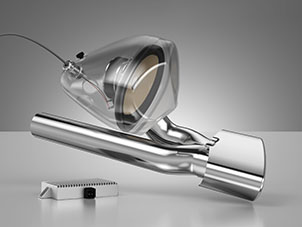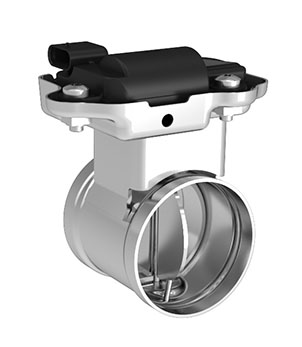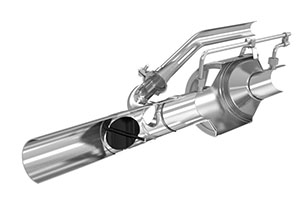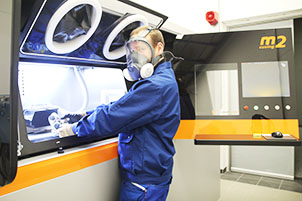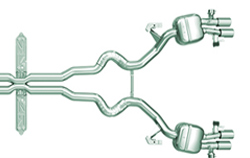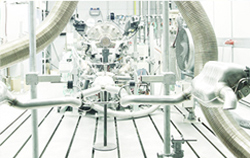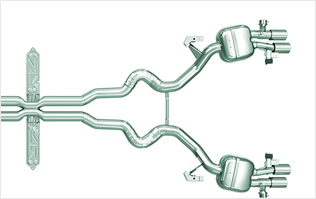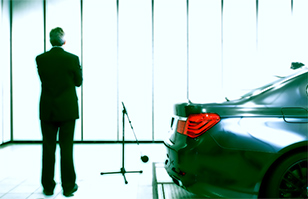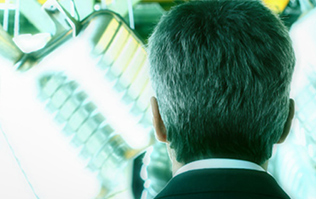Boysen opens up advantages
in research & development

We work on achieving the ideal relationship between lightweight construction and endurance, emission figures and acoustics. State of the art technology is a must. Practical knowledge and interaction between production and development know-how are vital. This is what enables us to design and develop more efficiently.
And we are consistently expanding our development activities. In addition to the Development and Administration Centre at our Altensteig headquarter, since 2014 the nearby Boysen Innovation Centre Nagold (BIN) has been primarily concentrating on development and testing in the commercial vehicles sector and acts as an internal service provider to the Altensteig development centre in the passenger car sector. This creates scope for innovations and enables our partners to achieve a crucial competitive advantage.
Development milestones
2022
Commercial vehicle tank systems for gaseous hydrogen
2021
Exhaust gas heat management, e.g. for Euro 7 and China 6 emission standards (exhaust gas burner development, electrically heated catalyst integration); stainless steel battery housings for electric vehicles; liquid hydrogen tanks for commercial vehicles
2020
Structural components for electric vehicles · Stainless steel fuel tanks for hybrid vehicles
2019
SCR technology concepts for future exhaust emission standards
2017
Sheet metal casing for exhaust gas turbocharger
2012
BASM – Boysen Active Sound Modelling (level increase or reduction)
2011
Heat exchanger
Steam generator
2009
Bypass double exhaust flap for Denox
2006
Cut load determination from operating deflection shape (ODS)
2005
Catia V5 CAD system
2004
Pro Engineer CAD system
2003
Hot gas valve, active and semi-active flange concepts
2002
New product design building
Diesel catalytic converter · Lightweight construction / systems
New materials · Boysen exhaust flap
2001
"Glass factory": Completion of new prototype construction
1998
Compact manifold
1997
Resonator with exhaust flap
1992
System development for automotive manufacturers
Switch to Catia CAD system
1990
Switch to Unigraphics CAD system
1987
HP ME 30 CAD system
1985
Introduction to HP Draft CAD system
1982
Computer-based evaluation of performance measurements
